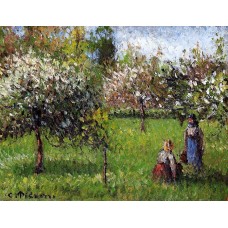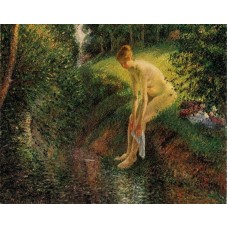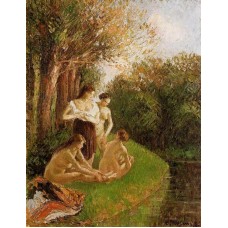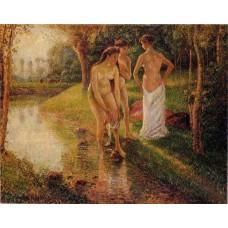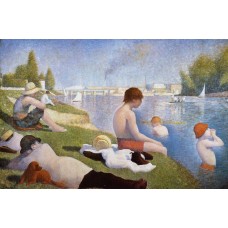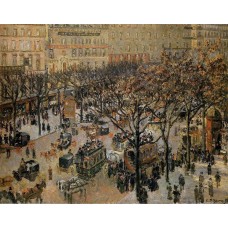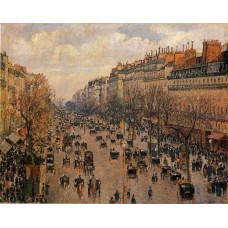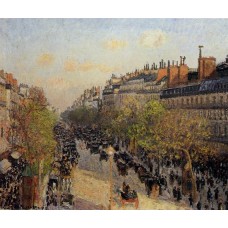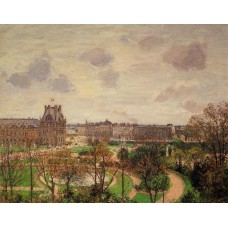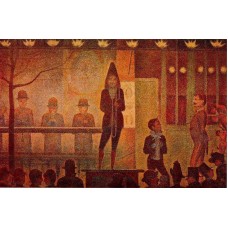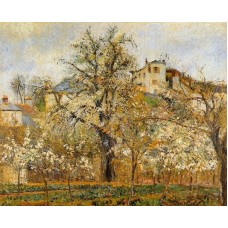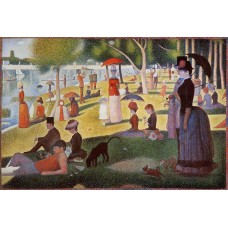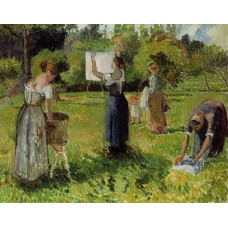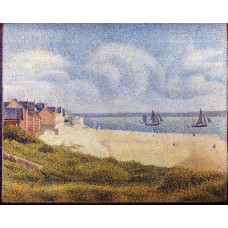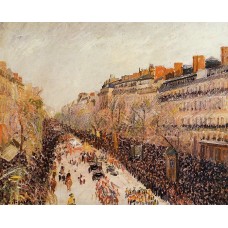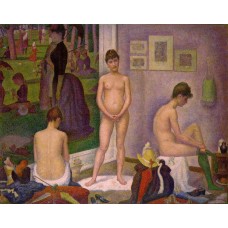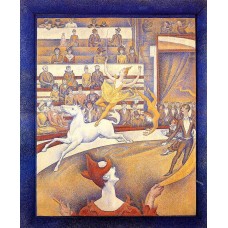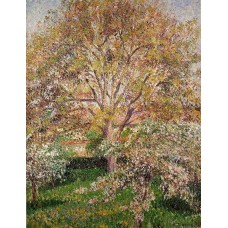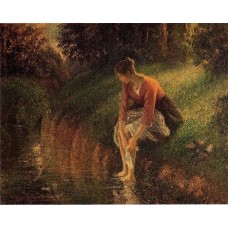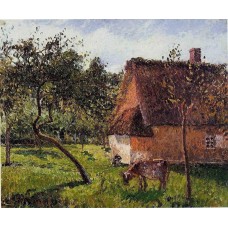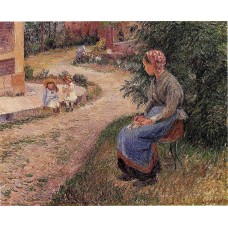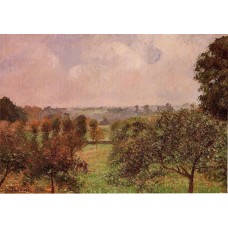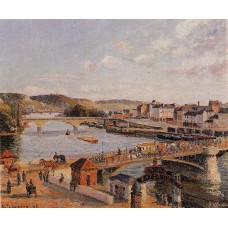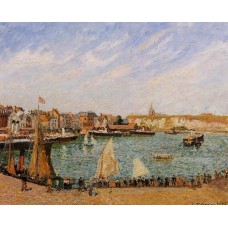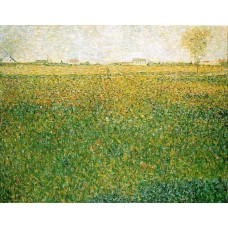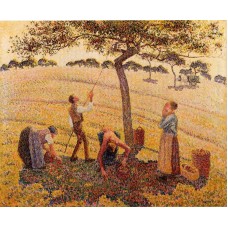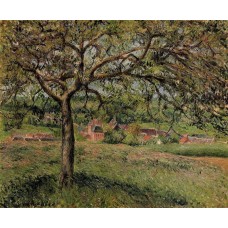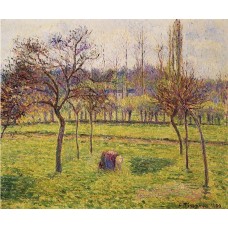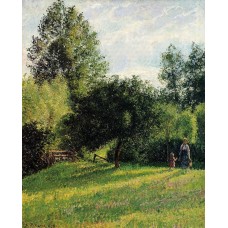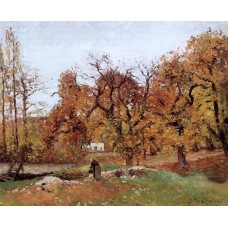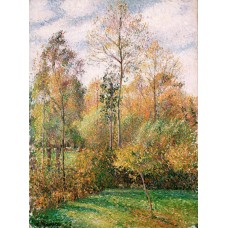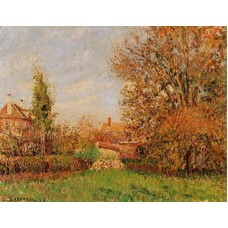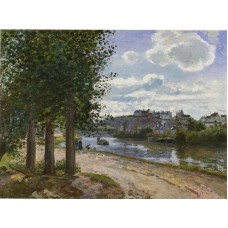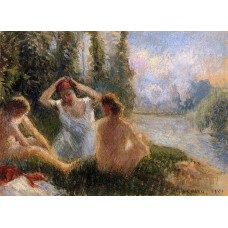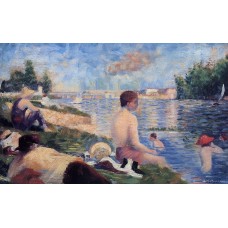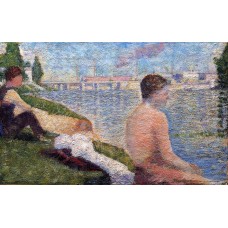Pointillism
As an art branch, Neo-impressionism emerged in France after impressionism. Artists in this oil painting school accepted the impressionist art views about natural light and the instant conscious, but they thought that the impressionism painting colors were not scientific. Neo-impressionist artists tried to practice oil painting art optics.
The artists painted by Complementary colors. They separated the objects’ colors under sunshine and arranged the pure color spots and dots without mixing them together. This painting method was also named as Divisionism (also called: Chromoluminarism). It was also called as Pointillism. When painting, the artists created the images based on the colors mutual relation. Neo-impressionism was the result of painting skill and the scientist practice. It was also the impressionism art that painted by the conscious and experience transformed to the classical painting art that painted by rules, theories and orders. Georges Seurat and Paul Signac were the main originators of Neo-impressionism. Paul Signac had even learnt the impressionism painting skill and influenced by Van Gogh, Gauguin, and Cezanne. Paul Signac painted many landscape painting. After 1884, he cooperated with Georges Seurat and practiced the Pointillism painting system. He painted by bigger points than Seurat. His oil paintings were more free and casual. The Port of Saint Tropez is Paul Signac’s representative art work. The Neo-impressionism painting arts that based on the scientific theory recovered classical painting principle in some aspects. They analyzed the painting colors and attempted in the art creation, but they were restrained by the principles and forms too much, that made their oil paintings not vivid.

